The Foundation of Lake Forest: First Presbyterian Church
As the earliest religious group of (east) Lake Forest, the First Presbyterian Church traces its roots back to the 1850's, before Lake Forest was officially founded. A community of Presbyterians from Chicago came north in 1859 looking to create a spiritual refuge, educational center and prosperous community, and chose what is now Lake Forest to be their site. The Presbyterians purchased 2000 acres of land, much of which was along the lake, and began construction of Lake Forest University (originally Lind University) and Lake Forest Academy, which was located adjacent to the university.
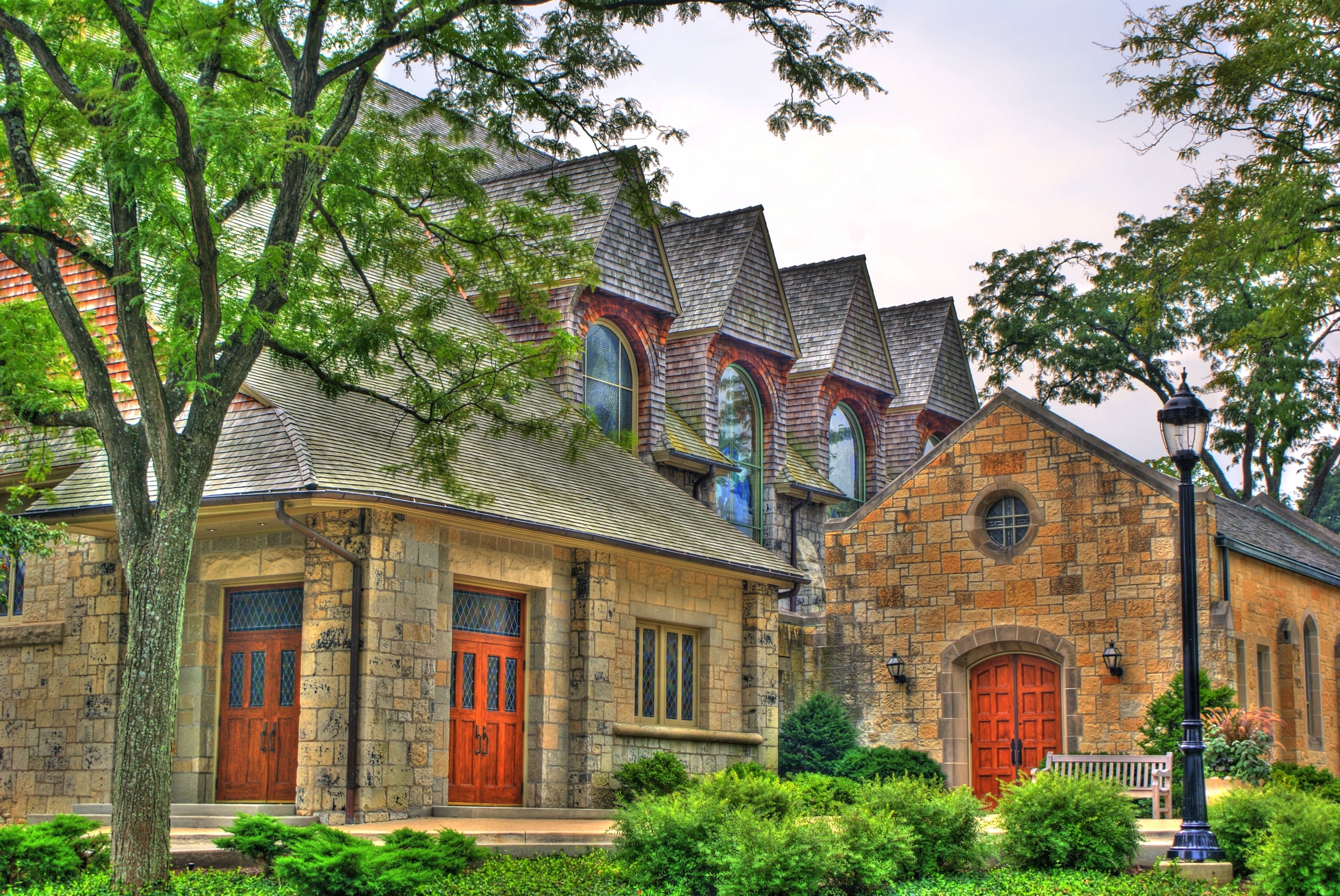
Before a permanent building was constructed, the Presbyterians held services in the Academy’s chapel or in the Old Hotel in Triangle Park, both of which no longer stand. Leaders were appointed early on in the church’s history, with Dr. C. F. Quinlan, a town founder and the only medical man in town at the time, and Professor Samuel F. Miller being appointed the first Ruling Elders of the church. William Dickinson, a teacher at LFA, became the first full-time pastor, and led the construction of the first church building in 1862. The building, with a price tag of $400, was designed in the Gothic style and was in the shape of a cross.
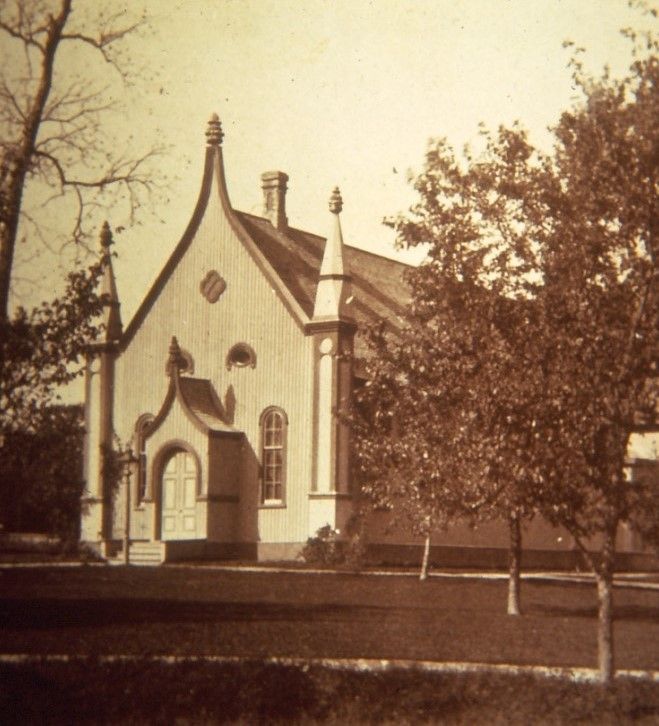
According to Dr. James G. K. McClure, pastor of First Church from 1881 until 1905, this church was built on posts leading the church to stand two-and-a-half feet off the ground. Due to this, it was very easy for the wind to “find cracks and make the carpets dance.” In response to the extreme cold, especially in the wintertime, people often brought wraps and blankets to drape over themselves during services, and even the minister sometimes needed to wear his overcoat during the service.
Rev. McClure, a young man and graduate of Yale who had led the Yale baseball team to victory over Harvard in 1867, was chosen to be the new pastor of First Church in 1881. Some members of the congregation were hesitant to elect a young pastor with such little experience, but once he was elected, his youth turned out to be a great strength. McClure worked to unite the members of the congregation and transform the church into holding a leadership role in Chicago and beyond.

In his first order of business, Rev. McClure pushed for the design and construction of a new building. He believed that a sophisticated church would help promote the growth of the congregation and the city of Lake Forest. The new church, which still stands today, was built in 1886, and is designed as a mix of a Romanesque and “Shingle Style” building. The structure was designed by Charles Sumner Frost, who was best known for designing Navy Pier in Chicago, and his partner, Henry Ives Cobb. The construction featured a large yet simple bell tower with a steeple perched atop the tower, and a dramatically-sloped roofline. The sanctuary originally included a large rose window which has since been replaced, and a balcony to accommodate more pews. Today, the balcony is often occupied by the church choir, and houses the pipe organ.
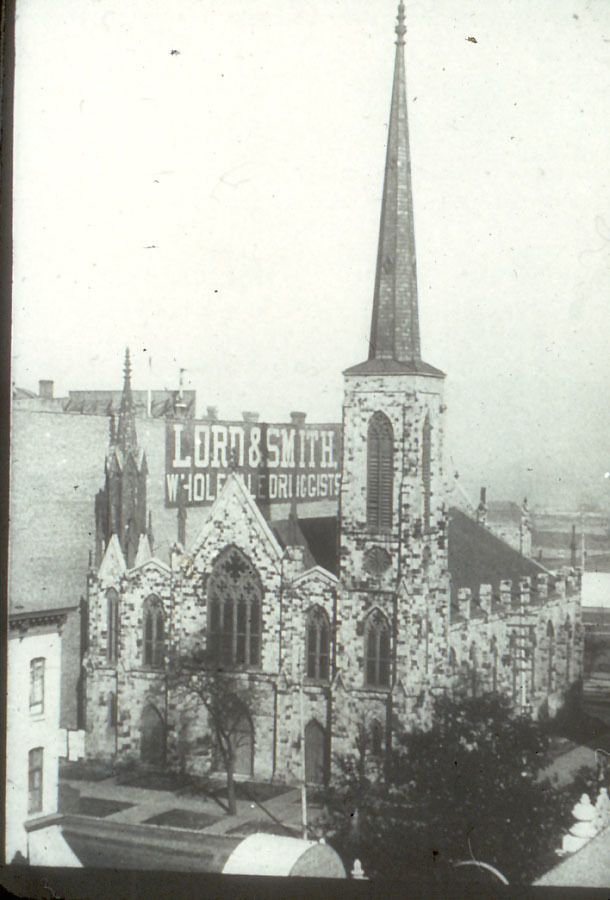
The structure was dedicated to Rev. Robert W. Patterson, the founder of the Second Presbyterian Church of Chicago and a student of Rev. Dickinson. There are some spotted stones used in the construction which come from the 1851 building of the Second Presbyterian Church, which was destroyed in the Great Chicago Fire of 1871. As the First Presbyterian Church of Lake Forest was a “thought-product” of the Second Presbyterian Church of Chicago, it seemed appropriate that the physical structure be built of the same stones. The stones have a spotted appearance not because of the fire, but because they are Niagara Limestone, mined at a quarry west of Chicago, and are made of the remains of dead corals and other marine organisms. They are reminiscent of the region’s prehistoric history as a seabed. Many important documents were placed in the cornerstone of the new building, including the papers freeing beloved Lake Forest resident Samuel Dent from enslavement.
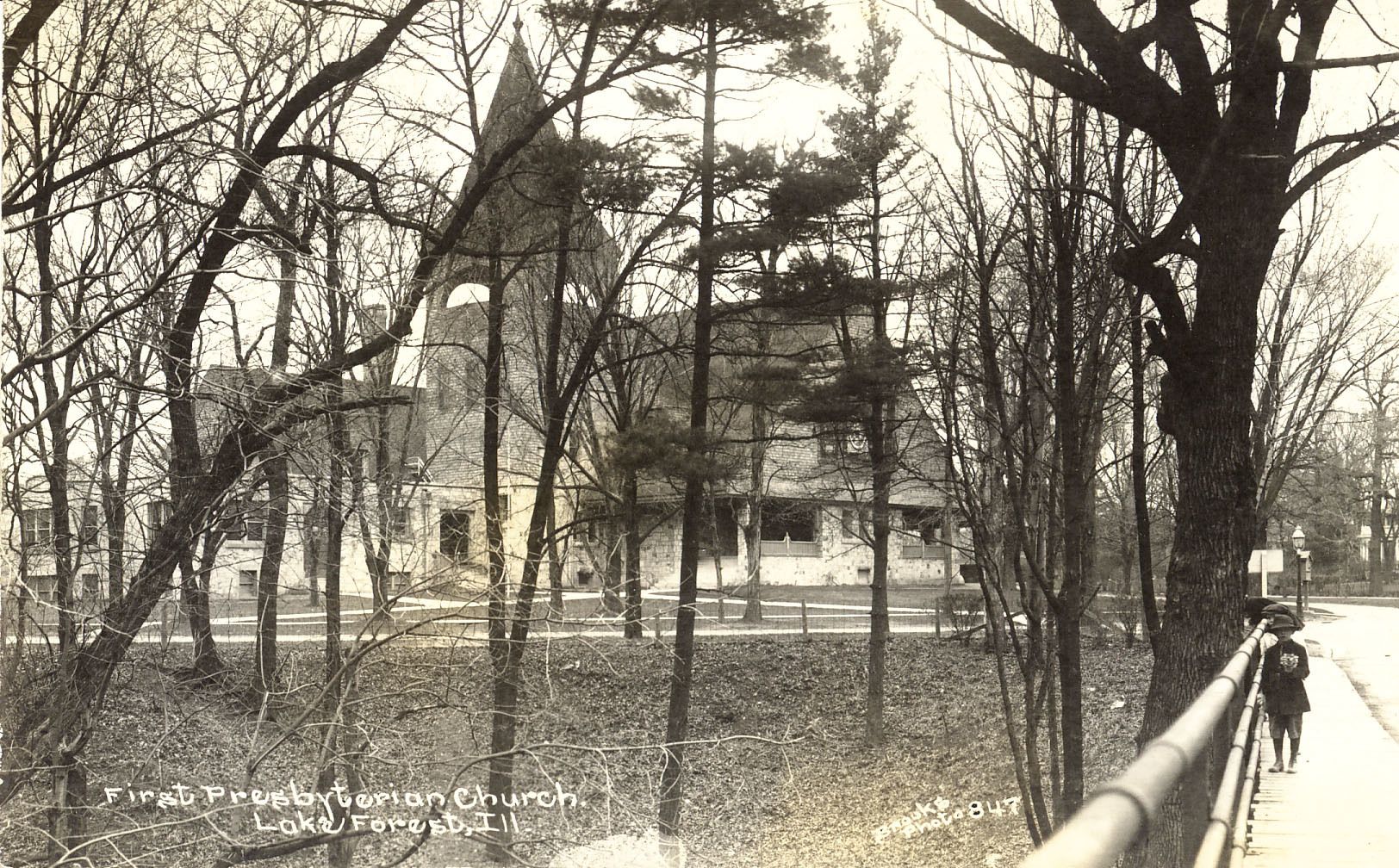
There was a major redecoration of the sanctuary in 1902 that included the installation of windows designed by Tiffany & Co. Currently, there are thirteen sanctuary windows that were installed over a period of 96 years, six of which are Tiffany's, and five of which are considered to be among the finest art glass windows ever produced. The windows were restored in the 1990's, and are known to be some of the most significant in the Midwest.

After the retirement of Rev. McClure, the church went through a transitional period, with ministers having to work with a more socioeconomically diverse congregation. Under Rev. William Hugh Wray Boyle, there was a great stratification among the congregation, that was illustrated weekly by differences in clothing styles worn to service. Rev. Boyle and his successors worked to promote acquaintanceship between all members of the congregation, regardless of their social status. This was achieved through the formation of ministries including those for the youth of the church. It was, and still is, believed by the church that nourishing relationships between children from a young age would carry over to them being more accepting in adulthood.
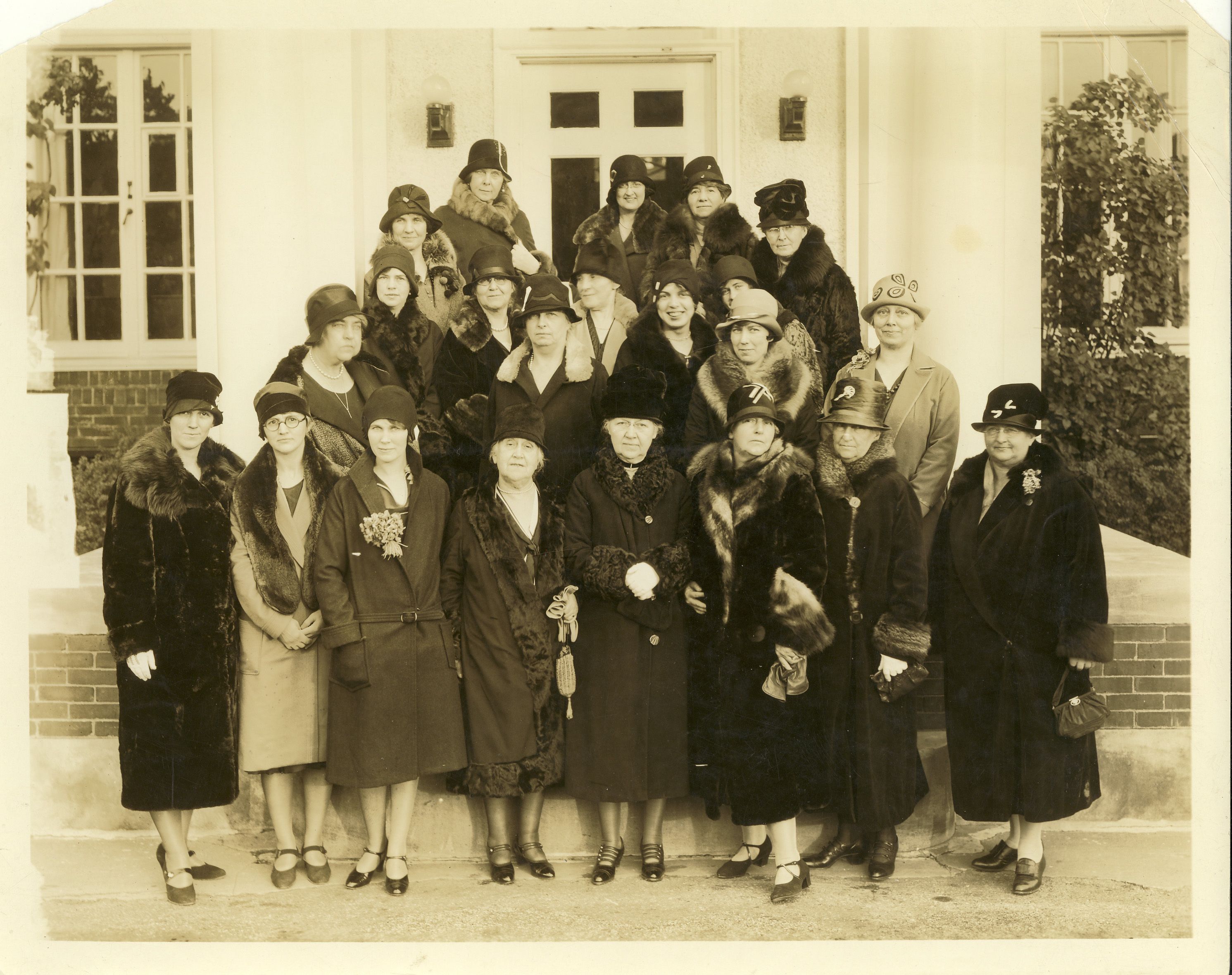
In accordance with the teachings and wishes of Rev. McClure, mission work has been a large part of the church in its more than 150 years as a congregation. In its global leadership role, First Presbyterian Church was involved in supporting US troops here and abroad beginning from the First World War. With both the Fort Sheridan base and the Great Lakes Naval Training Station near Lake Forest, there were often American and British soldiers present; there were frequent parades, picnics, and religious services focused on the war, and First Presbyterian congregation members were involved in the support for those serving the country. On Sunday evenings, First Presbyterian held “Navy Community” services geared especially towards members of the navy who were stationed nearby. After the war, the church continued to support nations that had been ravaged by war through fundraising. By the time the Second World War began, the church had begun to support missionaries who had been sent to other countries to teach Presbyterian values and work in hospitals. Notably, the church sponsored Lura and Roy Smith, in their mission in Korea. Frequent correspondences between the couple and the church helped to keep the members of the congregation informed about global happenings and the importance of mission.
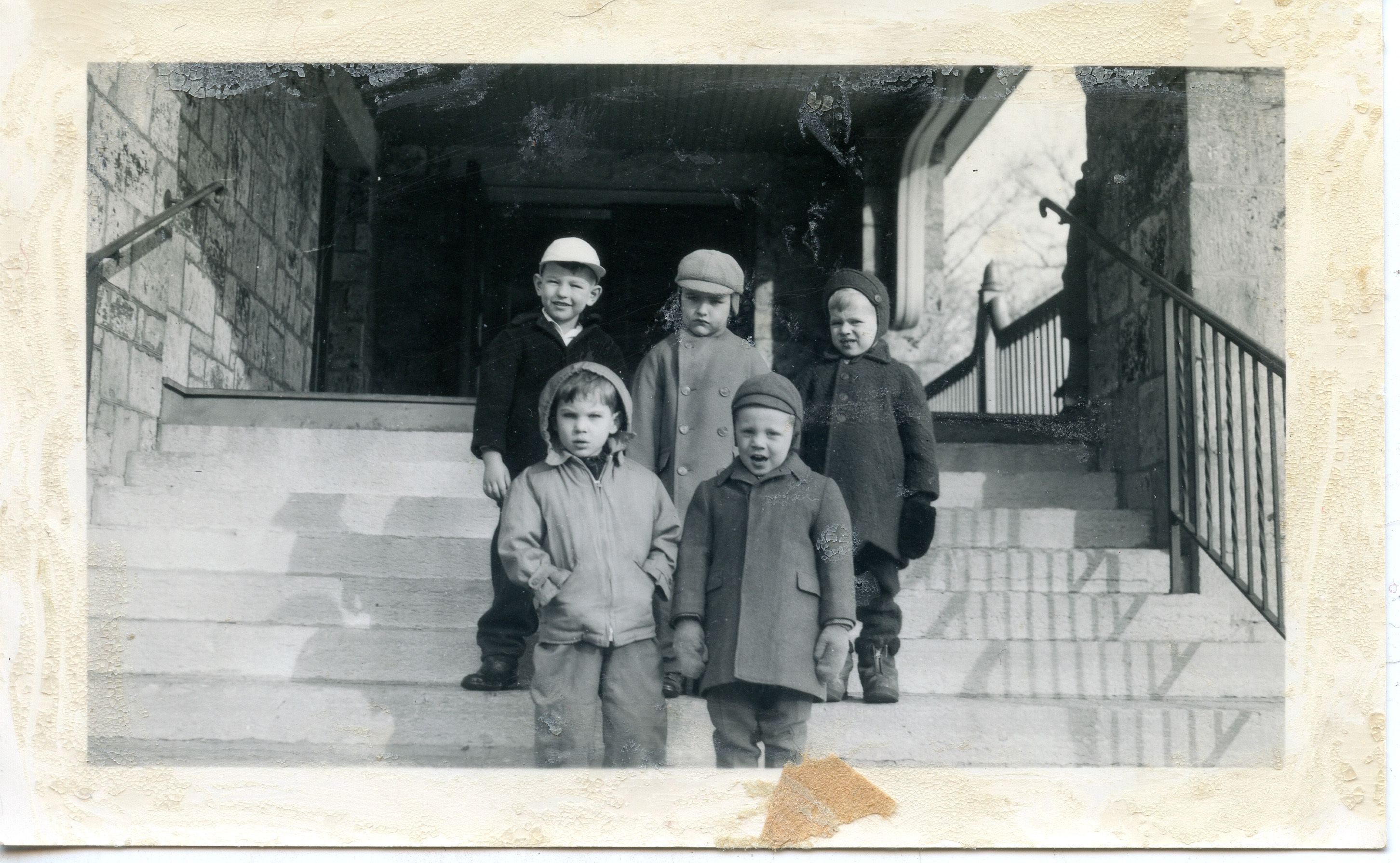
After the Second World War, Reverend Robert G. Andrus stepped up to the pulpit, and reminded the congregation that faith in the modern world required, in the words of theologian Karl Barth, “a Bible in one hand and the newspaper in the other.” He spoke on the increasing threat of Communism and taught the congregation about other faiths. As the century progressed, the church was faced with the deaths of many beloved and devoted members and leaders of the congregation, thus leading to the need for new leaders of the church. Community members stepped up, and church members of all professional and artisanal backgrounds took on the roles of ushers, elders, musicians, and more. In 1950, the church began holding an annual rummage sale, which, with the help of items donated by the community, continues to raise funds for the church. In 1963, the public schools of Lake Forest discontinued what was then called “Junior Kindergarten,” the church opened a program for young children that was nonsectarian, nonprofit, and nondiscriminatory that continues to educate preschoolers today. In the later years of the 20th century and into the present, the church has been involved in aiding various organizations, many of which are located in Chicago and the surrounding area, and many of which support those faced with homelessness, poverty, or lack of safety. The church urges members to volunteer their time to support these organizations.
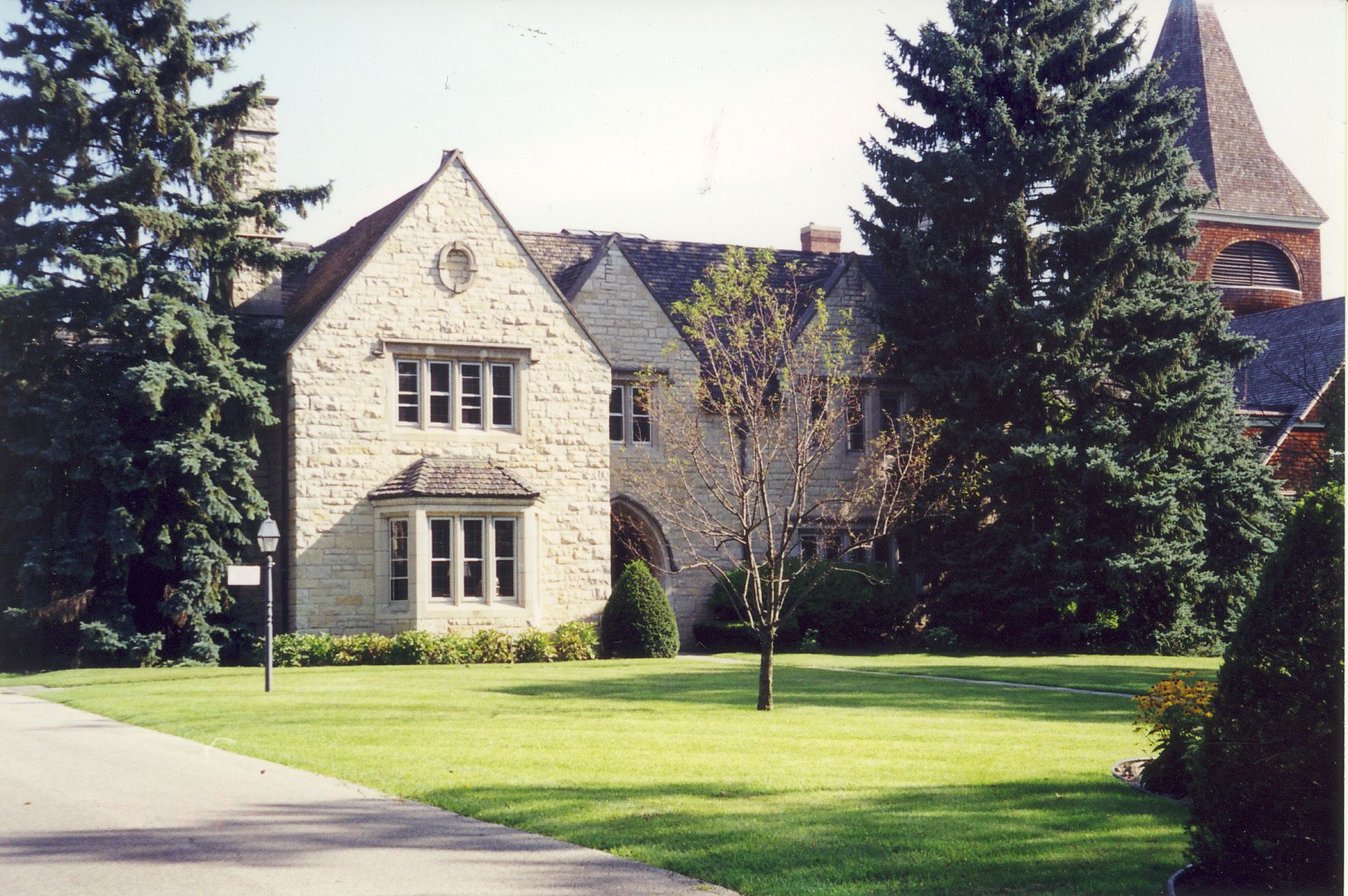
In 2005, Reverend Christine Chakoian became the first female to lead the First Presbyterian Church. Today, the church places an emphasis on education -- it has a strong and lasting relationship with Lake Forest College and has a large youth program -- mission work, and fellowship.
Above, Lake Forest High School student Emma Lazarus discusses the church's history.